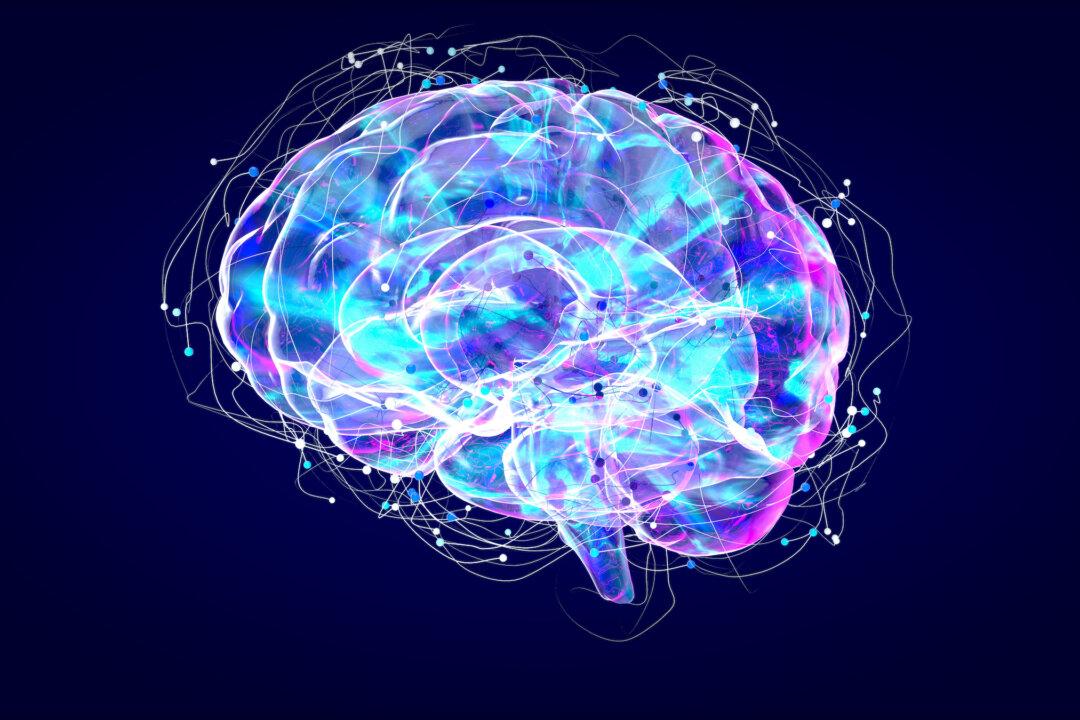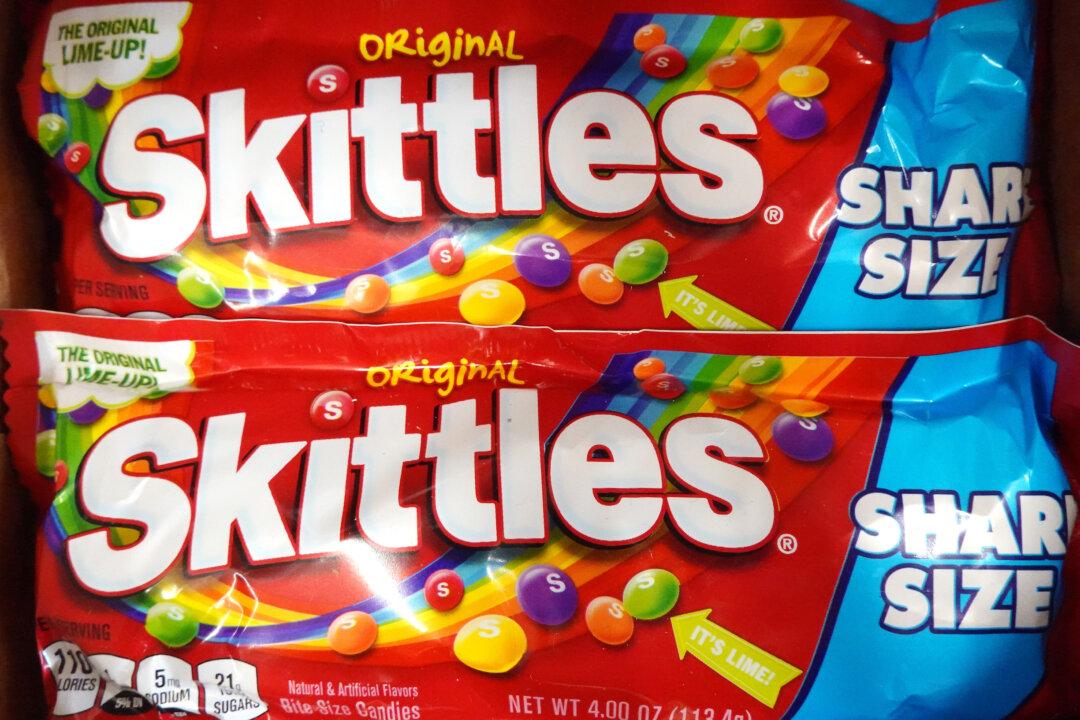Are you getting enough electrolytes? How do you replace your electrolytes? What’s the best way to get electrolytes? It seems like a lot of people throw around the word “electrolytes,” but do we actually know what they are and why so many people talk about them?
I did a little experiment and asked a half dozen people if they could name the six types of electrolytes and what they each do. No one named all them, although one person did name five. Everyone thought you can get them from certain electrolyte drinks and that it isn’t good to allow your levels to go too low. Not a terrible start, but let’s go a lot deeper!





